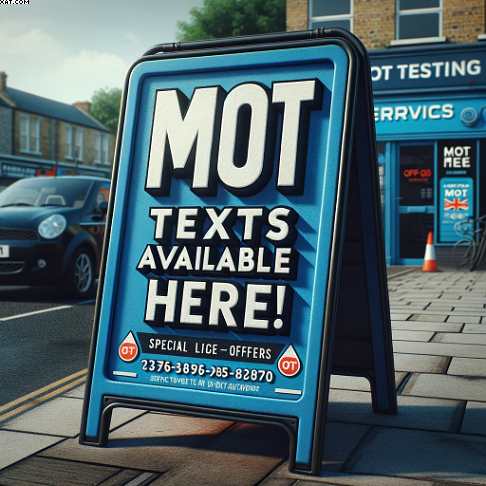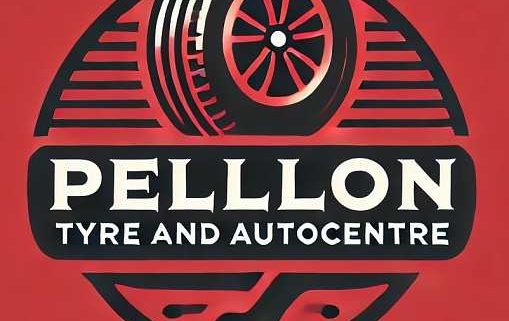Table of Contents
MOT Station Grading

MOT Station Grading
What is the “Green-Light” or Traffic-Light Grading System for MOT Stations?
You may hear MOT stations talking about being “green”, or “amber”, or even “red” status — that’s part of the traffic-light grading or risk rating system used by DVSA (and previously by VOSA) to monitor and regulate MOT garages. It’s not just bragging rights — it helps DVSA prioritise which garages to inspect and ensures standards are maintained across the country.
A bit of history and why it exists: MOT Station Grading
Back in the day, MOT testing oversight was more patchy. When VOSA (Vehicle & Operator Services Agency) was in charge, they didn’t have as much real-time data from every station. As MOTs became computerised, DVSA gained the ability to monitor each testing centre and each tester via digital records. mattersoftesting.blog.gov.uk+2Gov.UK+2
To help spot where things might be going off the rails (or where support might be needed), they built a system that flags MOT stations and testers according to risk. That’s where the red/amber/green (“RAG”) system comes in. TTC Training+3mattersoftesting.blog.gov.uk+3Gov.UK+3
How the Risk Rating (RAG / Green Light) Works
What the colours mean: MOT Station Grading
Green (low risk): This is the top grade. A “green” status means the station and its testers are generally judged to be performing cleanly and reliably, adhering to all MOT standards. TTC Training + 3 mattersoftesting.blog.gov.uk+3Gov.UK+3
Amber (medium risk): There are some areas that need attention. Maybe some tester statistics are slightly off, or there are procedural issues or equipment calibration concerns. It’s not a fail but a sign DVSA will watch more closely. mattersoftesting.blog.gov.uk+2Gov.UK+2
Red (higher risk): The garage or tester has flagged enough discrepancies that DVSA sees a higher likelihood of non-compliance. That means inspections, site reviews, or remedial requirements are more likely. Gov.UK+3Gov.UK+3mattersoftesting.blog.gov.uk+3
One important thing: being amber or red doesn’t automatically mean you’re doing things badly or illegally — sometimes it’s about statistical outliers, odd spikes or things that need checking. DVSA uses it as a tool to focus its enforcement or compliance visits. mattersoftesting.blog.gov.uk+2 Gov.UK+2
What data goes into deciding the rating: MOT Station Grading
Several factors feed into the risk rating. Here’s a rundown:
The performance of individual testers at your station: how many fails, retests, discrepancies, etc. Gov.UK+2mattersoftesting.blog.gov.uk+2
The results of site reviews or inspections (they check premises, equipment, procedures) Gov.UK+1
Unsatisfactory inspections or visits — if DVSA vehicle examiners find issues during visits or follow-ups Gov.UK+2Gov.UK+2
Comparison to national averages—if your failure rates, or retest rates, or patterns vary significantly from what’s expected, that can push you toward amber or red. TTC Training+3Gov.UK+3mattersoftesting.blog.gov.uk+3
DVSA now uses algorithmic tools (machine learning / statistical models) to aid this assessment, not just manual judgement. The model outputs an RAG score which helps DVSA decide where to concentrate their inspections. Gov.UK
Ratings are refreshed regularly (monthly or so) as new data comes in. mattersoftesting.blog.gov.uk +3Gov.UK +3Gov.UK+3
Why It Matters (Especially to You, the Motorist — and for a Garage Like Pellon)
For customers: MOT Station Grading
If a garage is “green”, you can have more confidence that they are being audited by the DVSA less often and that they are more likely to be clean, compliant, and trustworthy.
A red or amber garage might raise a red flag for people — they may wonder if shortcuts are being taken.
For a garage: MOT Station Grading
Maintaining green status is a badge of honour. It shows you are doing things right and consistently.
A poorer rating means more scrutiny and more chance of site visits or demands to improve.
It encourages internal checks: you’ll monitor your own test logs, retest rates, failure distributions, procedure consistency, equipment calibration, etc.
Helps in marketing—you can tell customers, “We are rated green by DVSA / VOSA’s traffic light system,” which reinforces your reputation for honesty and reliability.
How You Can Make Sure Pellon Tyres Stays in the Green
Here are practical steps—things you already do or can do—to stay firmly in that “green light” bracket:
Track your tester statistics
Watch failure rates, retest rates, and patterns of advisories. If one tester has a pattern that diverges from the rest, flag it and retrain.Routine internal audits
Periodic reviews of random MOTs to check consistency and ensure no bias is creeping in and that every test is up to standard.Keep equipment well maintained and calibrated
A drift in alignment, measuring equipment, emissions gear or brake testers will show up in the data eventually.Stay up to date with regulations
MOT rules can change. Your testers must know the latest, and “new” rules must be adopted promptly.Good premises & practice
Clean, organised workshop. Clear procedures, good record-keeping, good health & safety, and consistent process flows.Respond proactively to amber warnings or site reviews
If DVSA raises something or gives you amber on a particular parameter, address it immediately. Don’t let issues compound.Transparency and consistency
Treat every MOT test the same way. Don’t treat MOT as a “loss leader” — don’t be tempted to pass marginal fails or push unnecessary failures for repair work.
